How to prepare cream
Initial preparation stage
Cream is prepared in the pasteurized milk production line. Therefore, the milk needed to prepare cream is the same milk used to produce pasteurized milk. This milk should be free of antibiotics, water or any other additives.
The acidity of this milk should be 0.14 to 0.16 in terms of lactic acid and its pH should be between 6.6 and 6.8. The milk fat used should be at least 2.3% and its dry matter should be 8%.
Creaming stage
In the traditional way of preparing cream, or Sarshir, the milk was kept still for a while until the fatty phase came on the milk, which is a time-consuming task. Therefore, to speed up the preparation of cream, a cream separator called a separator is used. This device works on the basis of centrifugal force. The purpose of creaming is to move the maximum amount of milk fat to the cream section and the minimum amount to the rear milk. Today, in these devices, foreign particles and fat are separated from milk at the same time.
Standardize the cream
Standardization of milk fat and cream is necessary to prepare different creams. Part of the separated cream in the separator is used to standardize the milk and the rest is used to prepare cream and butter. Cream with more than 30% fat is produced, then by adding skimmed milk or whole milk, its fat percentage is standardized. Colostrum has between 0.05 and 0.07% fat. Standardization of cream is done either by fully automatic machines or the ratio of adding each ingredient is calculated by the Pearson square method.
Principles of homogenization in the preparation of cream
The act of homogenizing the cream stabilizes the emulsion and increases the rheological properties of the cream. When the homogenization process is combined with pasteurization, the cream is placed between the thermal recovery section and the pasteurization heating section; That is, the cold cream enters the thermal recovery section and its temperature reaches about 50 to 55 degrees Celsius, after which this cream is transferred to the homogenizer. After homogenization, the cream enters the main heating part in the pasteurizer. Homogenization of cream is done under 200 bar pressure. Typically, creams with a lower fat percentage need to be homogenized at high pressure, but other creams can be homogenized at lower pressures. In the preparation of cream, it is better not to homogenize, because this process causes the loss of some properties of the cream.
How to prepare cream
Thermal process stage
The high fat of the cream makes microbes resistant to the thermal process. For this reason, the preparation of cream requires more intense pasteurization conditions than the preparation of liquid milk. After pasteurization, the cream should be cooled quickly and the alkaline phosphatase test should be negative. The criterion for the correct pasteurization of cream is the inactivation of the peroxidase enzyme. This enzyme has more thermal resistance than alkaline phosphatase. Therefore, it is clear that if the peroxidase enzyme is deactivated, the alkaline phosphatase enzyme is also lost. In cream pasteurization, both tube and plate thermal conversion are used. Pasteurization of normal creams is done by plate heat conversion, but creams with a higher fat percentage need tubular heat exchangers. In small amounts, pasteurization can be done in double-wall tanks in a non-continuous way.
Pasteurization conditions in the preparation of cream
Cream pasteurization conditions change as its fat percentage increases.
Cream with 10 to 20% fat
75°C for 15 to 20 seconds.
Cream with more than 20% fat:
80 degrees Celsius for 15 to 20 seconds.
Most of the bacteria, yeasts and molds in the cream are destroyed by pasteurizing the cream. But some heat-resistant or thermophilic bacteria can tolerate the temperature of this process. Spores are not destroyed during the pasteurization process. The heat process of the cream can affect its properties and cause it to smell and taste like sulfur. During this process, natural milk enzymes like lipase are deactivated. Therefore, the shelf life of cream increases compared to milk. Before leaving the pasteurizer, heat exchange the pasteurized cream with the incoming cream to reduce its temperature. Then it enters the cream storage tanks. At this stage, stabilizing and thickening compounds are added to the cream. Then the cream is sent to the packaging department.

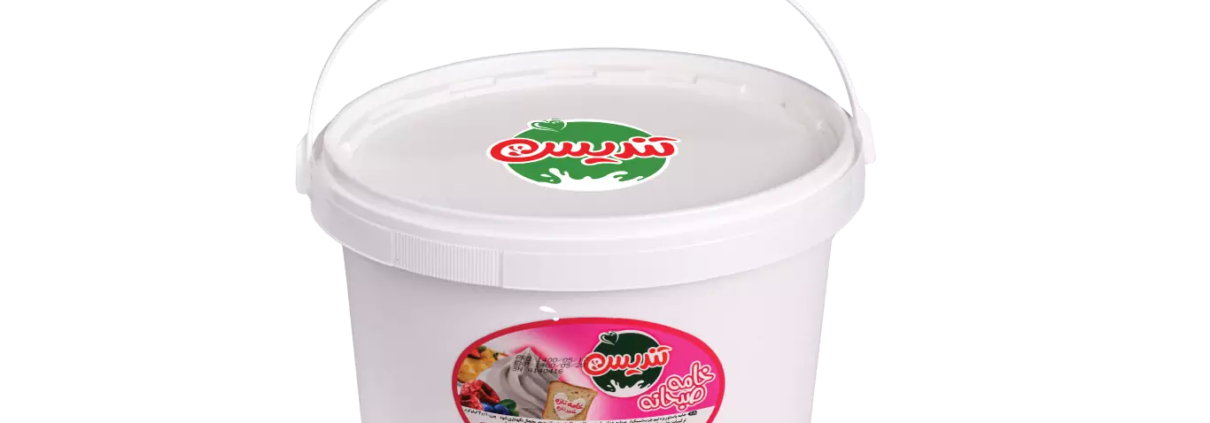
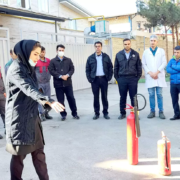
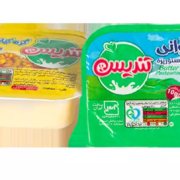

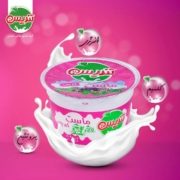
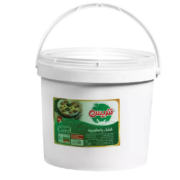

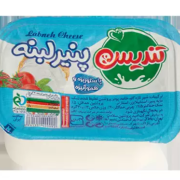


Leave a Reply
Want to join the discussion?Feel free to contribute!